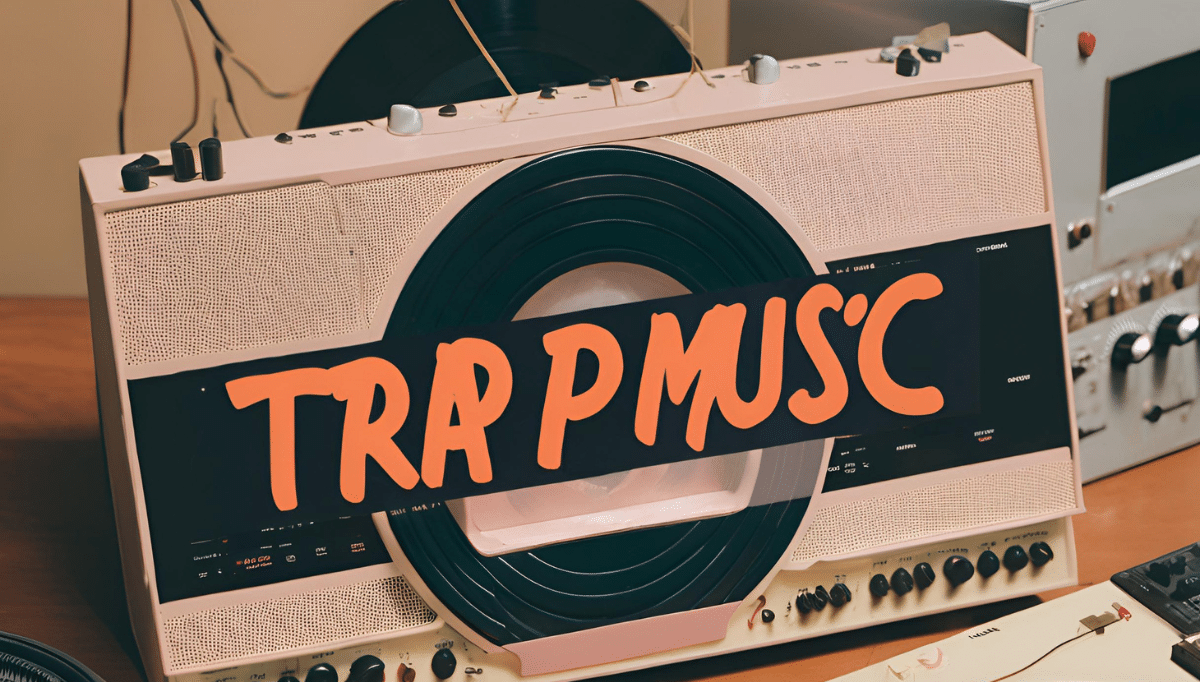Introduction
Trap music, a genre that originated in the Southern United States, has undeniably transformed the global music landscape. From its gritty beginnings in Atlanta’s underground scene to its current status as a mainstream powerhouse, trap music’s journey is a testament to its profound cultural and artistic impact. This article delves deep into the origins, evolution, and cultural significance of trap music, drawing insights from experts like A.R. Shaw, Trap Lore Ross, and voices from platforms such as VOX ATL and HotNewHipHop.com.
The Origins of Trap Music
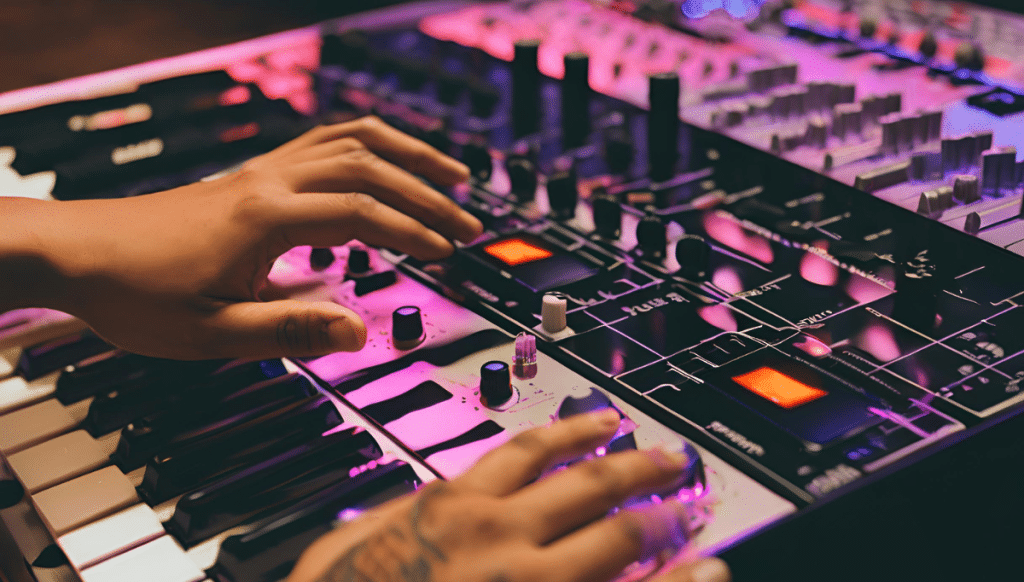
Defining Trap: More Than Just a Sound
Trap music, often characterized by its aggressive lyrical content and hard-hitting beats, emerged in the early 1990s in the Southern United States, particularly Atlanta, Georgia. The term “trap” refers to places where drugs are sold illegally, and the genre reflects the harsh realities of street life. Pioneered by artists like T.I., Young Jeezy, and Gucci Mane, trap music serves as a raw narrative of struggle, survival, and resilience.
A.R. Shaw’s Insight: “Trap History”
In his comprehensive work, Trap History, A.R. Shaw explores the socio-economic factors that birthed trap music. He emphasizes how systemic issues such as poverty, lack of opportunities, and racial disparities influenced the lyrical themes and authenticity of the genre. Shaw argues that trap music is not merely a musical style but a powerful form of storytelling that sheds light on the lived experiences of marginalized communities.
The Musical Elements of Trap
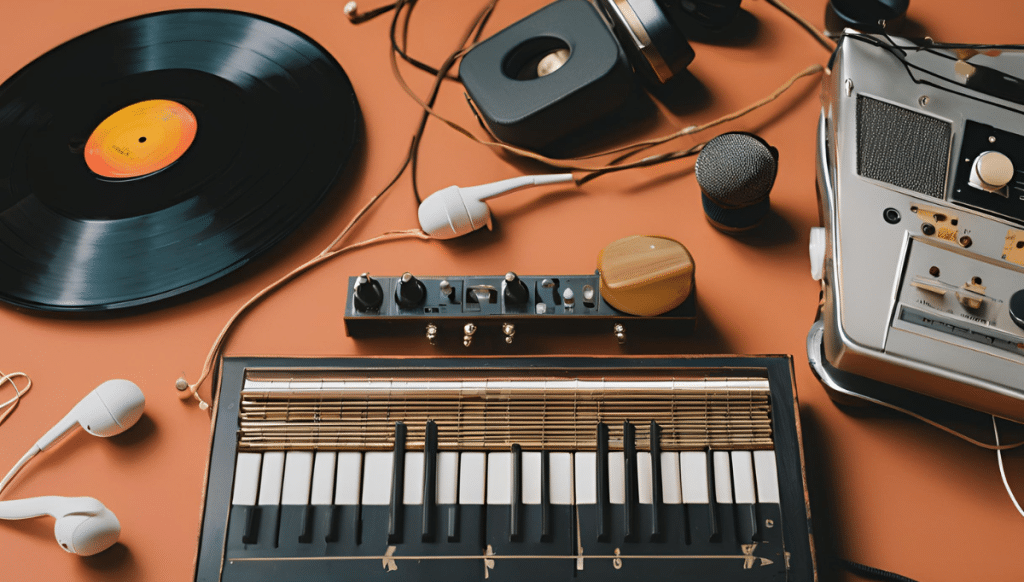
Signature Beats and Production Techniques
Trap music is distinguished by its use of Roland TR-808 drum machines, fast hi-hats, deep basslines, and ominous melodies. The tempo typically ranges between 130 to 170 beats per minute, creating an intense and energetic atmosphere. Producers like Metro Boomin, Zaytoven, and Lex Luger have been instrumental in shaping the sound, employing intricate hi-hat patterns, heavy sub-bass, and atmospheric synths that define the genre.
Lyrical Content: Raw and Unfiltered
Lyrically, trap music delves into themes of street life, drug dealing, violence, and personal struggle. However, it also encompasses ambition, success, and the pursuit of a better life. This duality offers a complex portrayal of the artists’ realities, blending vulnerability with defiance. Aaron Williams from Uproxx Music highlights how this balance makes trap music relatable and compelling to a broad audience.
The Rise of Trap: From Underground to Mainstream
Trap Music’s Breakthrough Moments
The mid-2000s marked a significant turning point for trap music as it began to gain traction beyond the Southern United States. Albums like T.I.’s Trap Muzik and Young Jeezy’s Let’s Get It: Thug Motivation 101 played pivotal roles in introducing trap to a wider audience. The genre’s relentless energy and authentic storytelling resonated with listeners, paving the way for its mainstream acceptance.
Collaborations and Cross-Genre Influences
One of the key factors in trap’s mainstream success is its seamless integration with other genres. Collaborations between trap artists and pop, R&B, and even EDM musicians have expanded its reach. For instance, the fusion of trap beats with pop melodies in tracks by artists like Rihanna and Beyoncé has introduced the genre to diverse audiences, further solidifying its global presence.
Digital Platforms and Social Media
The advent of digital platforms and social media has been instrumental in trap music’s proliferation. Artists can now distribute their music directly to fans via streaming services like Spotify and Apple Music, bypassing traditional gatekeepers. Social media platforms like Instagram, Twitter, and TikTok have also enabled trap artists to build dedicated fanbases and engage with listeners in real-time, accelerating the genre’s growth.
Empowering Artists: Trap Beats Platform
Elevate Your Music with Premium Trap Beats
In the digital age, access to high-quality instrumentals is crucial for artists aiming to make their mark in the competitive trap music scene. Beats To Rap On is a premier platform offering Royalty Free Premium Trap Beats that cater to both emerging and established artists. With an extensive library of meticulously produced beats, Trap Beats provides the perfect foundation for modern hip-hop tracks.
Features of Trap Beats
- Interactive Player: Experience beats with an intuitive interactive player that allows you to play, pause, and preview any beat before downloading. New beats are added daily, ensuring a fresh and diverse selection.
- High-Quality Production: Our trap beats are professionally crafted with impeccable mixing and mastering, delivering flawless sound quality that rivals chart-topping hits by artists like Travis Scott, Future, and Migos.
- Variety of Styles: Whether you need dark and brooding vibes like 21 Savage, energetic bangers like DaBaby, or melodic grooves inspired by Lil Uzi Vert, Trap Beats offers a wide range of styles to suit every artistic preference.
- Exclusive Rights Available: Secure exclusive ownership of your favorite beats to maintain full control over your music, allowing you to stand out in the competitive music industry.
- Easy Licensing: Simple and transparent licensing options tailored for independent artists and producers, ensuring flexibility for personal or commercial use.
- Extensive Library: Explore our ever-growing collection of trap beats, featuring innovative sounds inspired by industry leaders like Roddy Ricch, Metro Boomin, and Cardi B.
- User-Friendly Platform: Navigate our intuitive interface with ease, previewing and downloading beats quickly so you can focus on creating music that resonates with your audience.
- Global Producer Network: Collaborations with top producers worldwide bring unique influences and cutting-edge styles to our trap beats, ensuring they remain fresh and relevant.
- Dedicated Support: Our customer support team is always available to assist you, making the process seamless and enjoyable from selecting your beat to licensing and beyond.
Empowering Creativity and Diversity
At Beats To Rap On, the mission is to empower artists and producers by delivering high-quality music such as trap instrumentals that spark creativity and amplify musical expression. By collaborating with talented producers worldwide, Trap Beats ensures a diverse, innovative, and ever-expanding collection that sets the standard for trap music. Whether you’re creating hard-hitting anthems or melodic grooves, Trap Beats offers the perfect sound to elevate your artistry and connect with audiences globally.
Featured Artists: TyroneJBX and DSav3083
Beats To Rap On proudly features talented artists like TyroneJBX, a top end Artist/ Producer Drake type beats ° Trap ° Afro ° Drill ° Dancehall ° Boom Bap and DSav3083, whose unique styles and innovative approaches to trap music exemplify the platform’s commitment to excellence. These artists excel in creating energetic and vibrant beats that keep the energy high and engaging. Their contributions to Trap Beats highlight the platform’s dedication to providing diverse and high-quality beats that cater to every artist’s vision.
Influential Figures in Trap Music
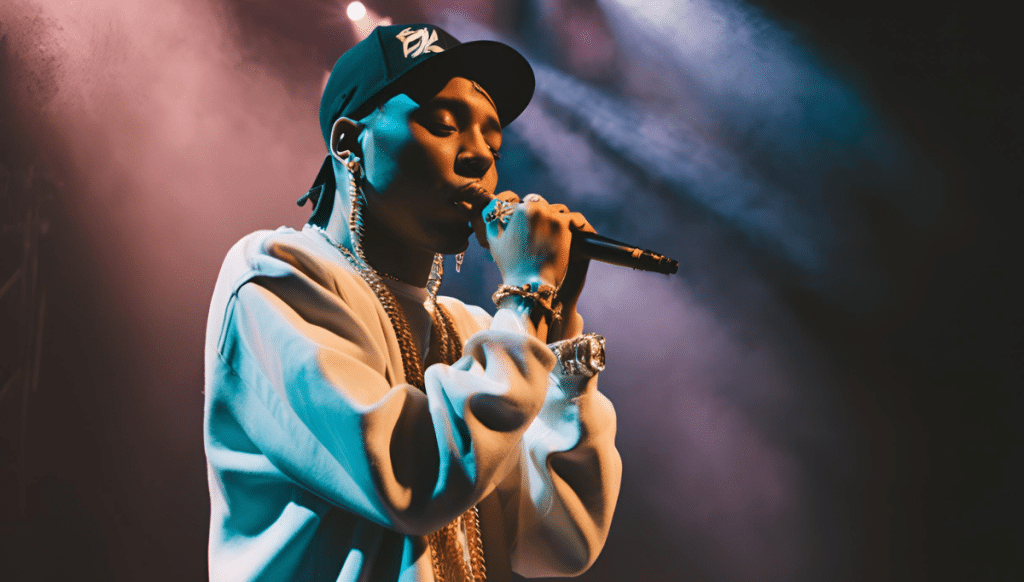
T.I.: The King of Trap
Often referred to as the “King of Trap,” T.I. has been a pivotal figure in shaping the genre. His 2003 album Trap Muzik is considered a cornerstone of trap music, blending gritty narratives with innovative production. Beyond his music, T.I.’s entrepreneurial ventures and advocacy for social issues have solidified his influence both within and outside the music industry.
Gucci Mane: The Architect of Trap
Gucci Mane’s prolific output and distinctive style have made him a central figure in trap music. With over a hundred mixtapes and numerous collaborations, Gucci Mane has consistently pushed the boundaries of the genre. His ability to adapt and evolve has kept him relevant, inspiring a new generation of trap artists.
Future and Young Thug: Pioneers of Modern Trap
Artists like Future and Young Thug have redefined trap music by incorporating elements of melodic rap and experimental production. Future’s emotionally charged lyrics and Young Thug’s unconventional vocal styles have expanded the genre’s sonic palette, attracting a broader and more diverse audience.
The Cultural Impact of Trap Music
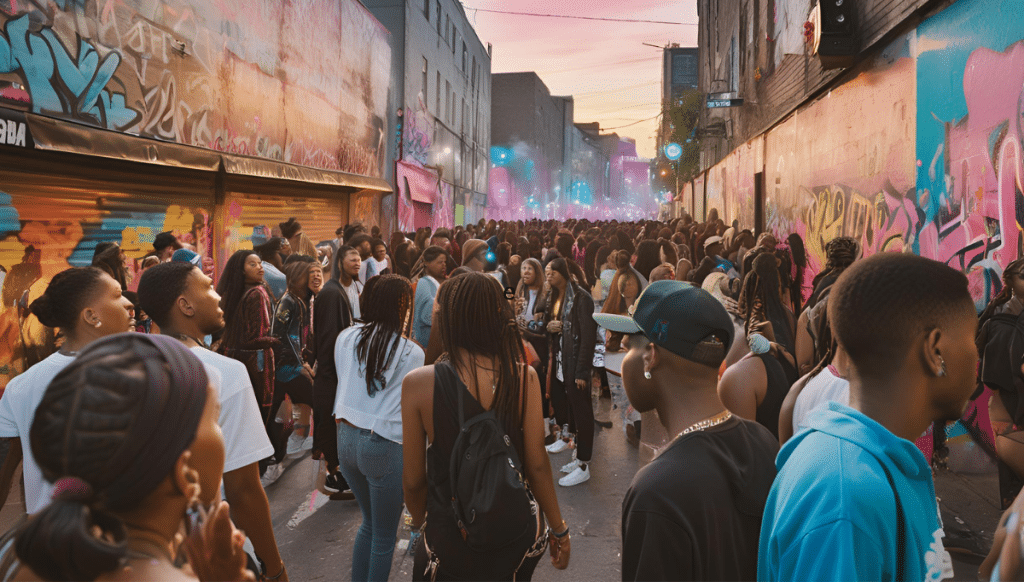
Fashion and Lifestyle
Trap music has significantly influenced contemporary fashion and lifestyle. The genre’s association with streetwear brands, luxury fashion, and distinctive personal styles has created a unique cultural aesthetic. Brands like Off-White, Supreme, and Gucci have collaborated with trap artists, blending high fashion with urban street culture.
Dance and Visual Arts
The energetic beats of trap music have given rise to dynamic dance styles, including twerking and popping, which are often featured in music videos and live performances. Additionally, trap’s visual aesthetics—characterized by vibrant colors, bold graphics, and street art—have permeated various forms of visual media, from album covers to digital art.
Social and Political Commentary
Beyond entertainment, trap music serves as a platform for social and political commentary. Artists use their music to address issues such as systemic racism, economic inequality, and police brutality. This activism underscores trap music’s role as a voice for the voiceless, advocating for change and raising awareness about critical societal issues.
The Globalization of Trap Music
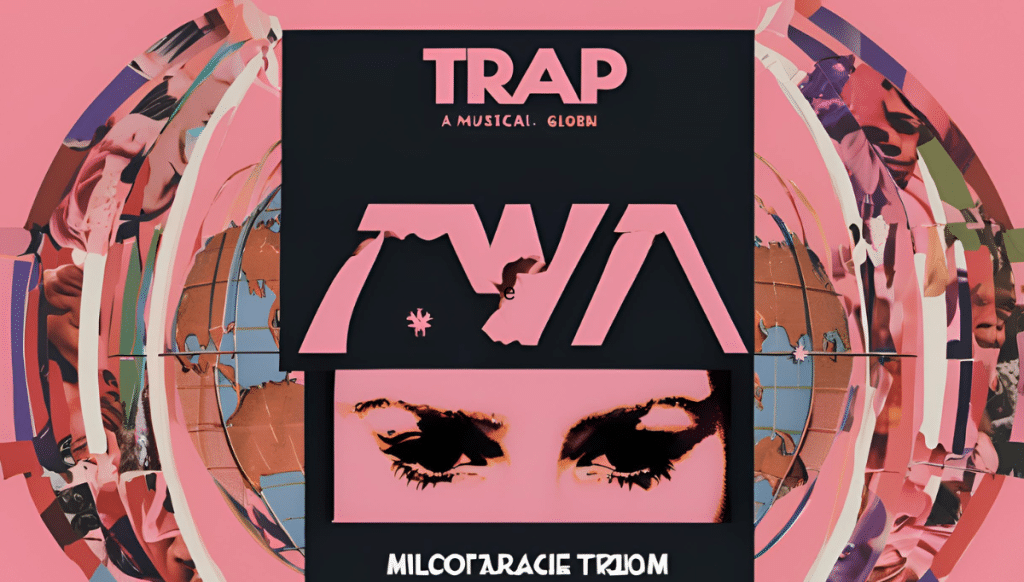
Trap Music Around the World
Trap music’s influence has transcended American borders, inspiring artists worldwide. From the UK to South Korea, trap elements can be found in diverse musical landscapes. British trap, for instance, incorporates grime and UK garage influences, while K-pop artists have integrated trap beats into their high-energy performances, reaching global audiences.
Language and Cultural Adaptation
As trap music spreads globally, artists adapt the genre to reflect their unique cultural contexts. This localization results in a rich tapestry of sounds and themes, demonstrating trap music’s versatility and universal appeal. The fusion of trap with local musical traditions fosters innovation and broadens the genre’s creative horizons.
International Collaborations
Collaborations between American trap artists and international musicians have further propelled the genre’s global reach. These partnerships facilitate cultural exchange and introduce trap music to new fanbases, enhancing its diversity and dynamism.
The Future of Trap Music

Innovation and Evolution
Trap music continues to evolve, driven by technological advancements and creative experimentation. The integration of AI in music production, virtual reality in live performances, and the exploration of new sonic territories promise to keep trap music fresh and exciting. Artists are constantly pushing the envelope, blending trap with genres like jazz, classical, and electronic music to create novel sounds.
Sustainability and Ethical Considerations
As trap music gains prominence, discussions around sustainability and ethical practices in the music industry become increasingly important. From addressing the environmental impact of tours to ensuring fair compensation for artists and producers, the future of trap music hinges on balancing commercial success with ethical responsibility.
The Role of Independent Artists
The rise of independent trap artists, empowered by digital platforms and DIY culture, signifies a shift towards more democratized music creation and distribution. These artists bring fresh perspectives and innovative approaches, challenging established norms and contributing to the genre’s continuous evolution.
Trap Music To Global Stage
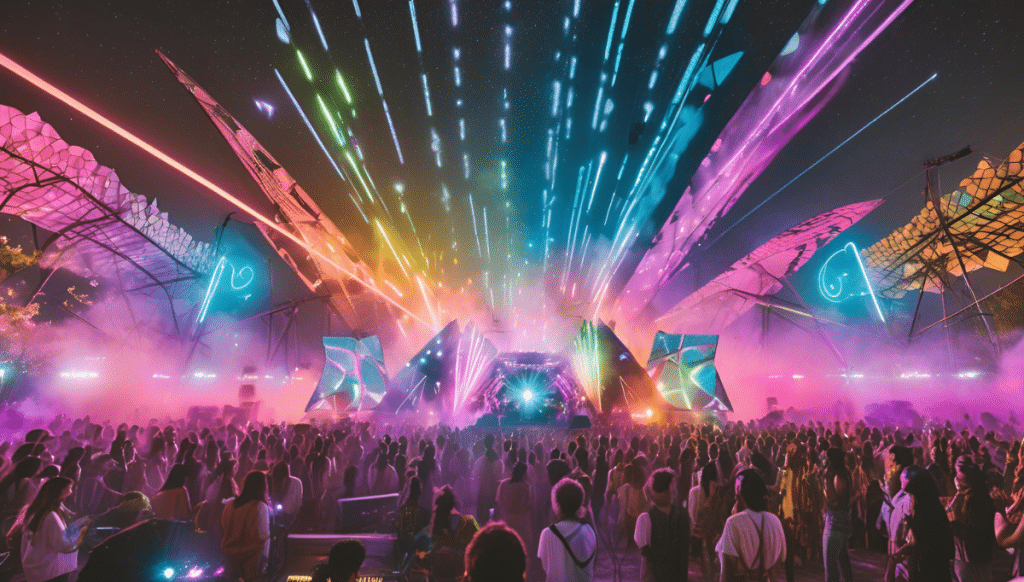
Trap music’s ascent from the streets of Atlanta to the global stage is a story of resilience, innovation, and cultural significance. Its ability to adapt, evolve, and resonate with diverse audiences underscores its enduring appeal and impact. As trap music continues to shape and be shaped by the cultural zeitgeist, it remains a powerful force in the music industry, reflecting the complexities and aspirations of contemporary society.
